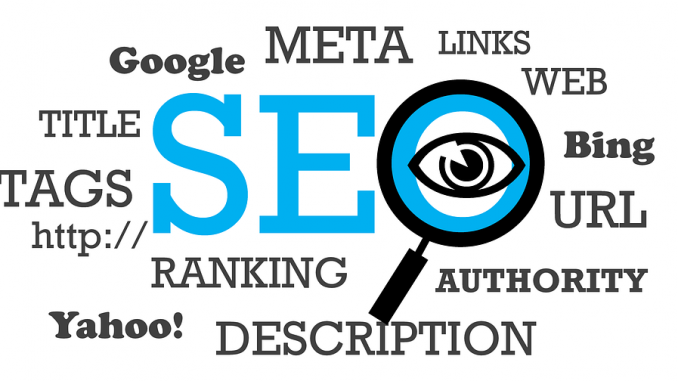
Keeping your website up to date is essential for all companies. An updated and redesigned website is a user preference. There are always new trends to follow, new colour schemes or changes in the Web. It is an essential but difficult task. Redesigning a website must be done carefully, or it can be catastrophic for your business.
Since a website’s ranking is significant in search engines, that should be your focus. Redesigning a website can affect its ranking if not done correctly.
Here are a few factors that can damage your SEO. If you still cannot figure out what is hurting your SEO, try VM Interactive, an expert when it comes to SEO. VM interactive and Healthy Links can help you provide extensive information regarding websites and SEO.
1. Crawlability
While redesigning your site, if there are development areas whose content is duplicated, then that development area should be indexable. Crawlers follow links on pages as they search through webpages. They will follow links and index all and any content they find, which means that if you leave any development area crawlable, they will index it twice and create issues with the content and links.
To avoid such an issue, you must place roadblocks or hindrances in the way of search engines. Use a new and fresh URL that hasn’t been used before and disallow all bots with the help of robots.txt and prepare an empty index page.
2. Naming
Many times, image-based websites, get higher rankings due to their images and can be severely affected in SEO if the names of the images are changed during the redesign. Same goes for pages that rank well, if a page with an image ranks higher than others, then changing the names of the media on that page will affect the ranking.
It all comes down to change in the URL. Google will treat it as a new image, even if it is the same. If a website gets traffic through Google images, then this will become an issue. It will begin its climb to higher rankings from the bottom again, and even then, it is not guaranteed since images are not crawled too much.
This type of damage can be avoided by redirecting old image URLs to new URLs.
3. Page URLs
During a website redesign, you may decide to delete some pages or change their URLs. It may not seem like a big issue, but it can become so especially if those pages are ranked well and contribute to your SEO. They probably have inbound links or are bookmarked by visitors, deleting them or changing their URLs will make you lose the SEO value from those links.
The proper way to go about changing these pages or deleting them is again, redirecting. Such pages should be redirected to the most relevant page during the redesign.
4. Complete Crawl
An important step that you might miss after your redesign is doing a full crawl of the website. You might think that there are no errors or loose ends left, but one final crawl through the website should be done to identify any.
There may be links missing or continuing to the wrong points and places. During the migration of the website from developing area to the live server, there may be lingering links that point to pages in the development area. Links to images or JavaScript could be missing.
To overcome any errors, you need to use a tool that will crawl your website for you and go through all links on your website. It will also check and identify external links. Sometimes there are external links that are just for your development are. There can also be external links that should be internal links. You can add these to internal links once they are identified.
The corrections are quite crucial since they will promote an efficient and user-friendly website. A full crawl is essential after migrating and redesigning to prevent any damage to a website and its SEO.
5. Function Check
Any redesigned website needs a function check. You might think that going through a few pages will get the job done, but it doesn’t. Your website should be complete and ready to use, there is no space for errors and glitches. If your users hit any glitches, it will reflect poorly on you and user preference is also taken into account when it comes to rankings.
Checking that the website functions correctly is also an essential part of redesigning. Redesigning allows for many problems to crop up, and you need to be sure that they are taken care of.
The post 5 Website Redesigning factors that can damage your SEO appeared first on SiteProNews.
Source: Site Pro News
Link: 5 Website Redesigning factors that can damage your SEO



Leave a Reply